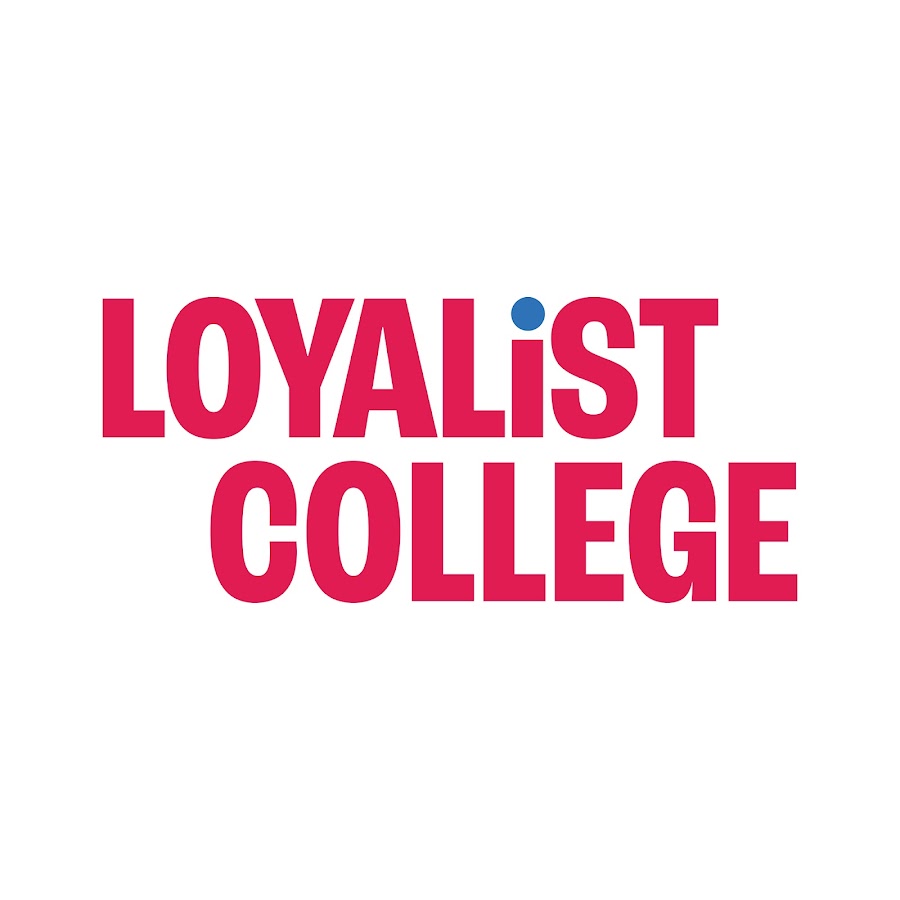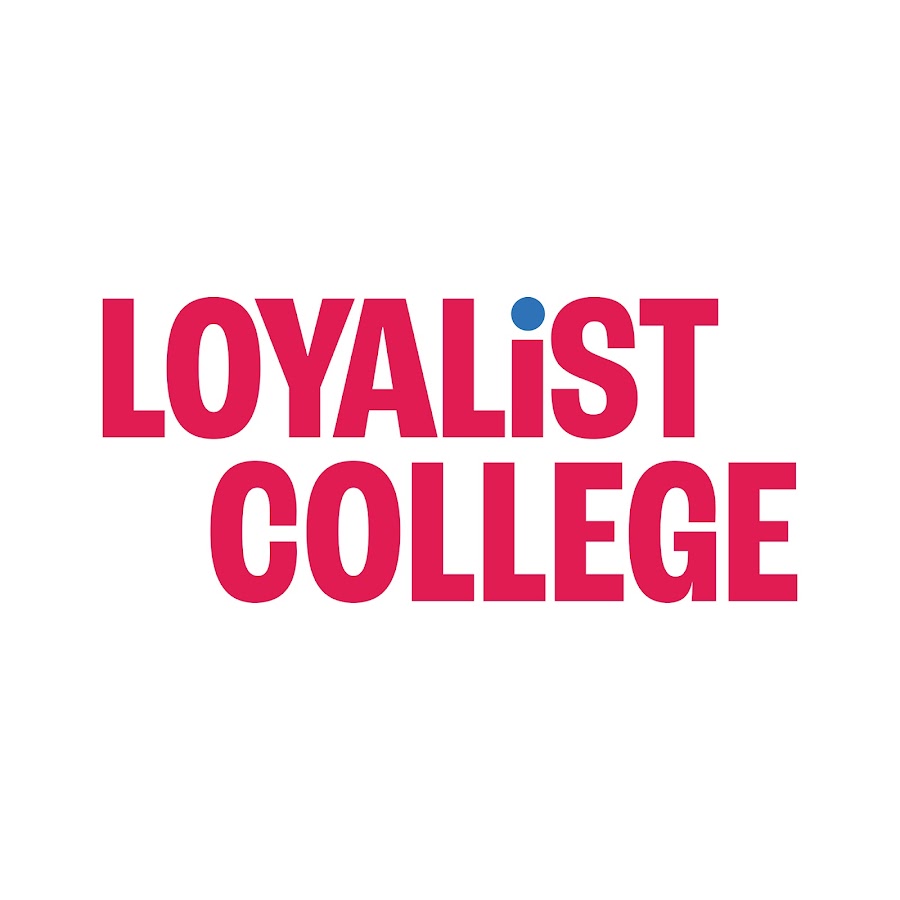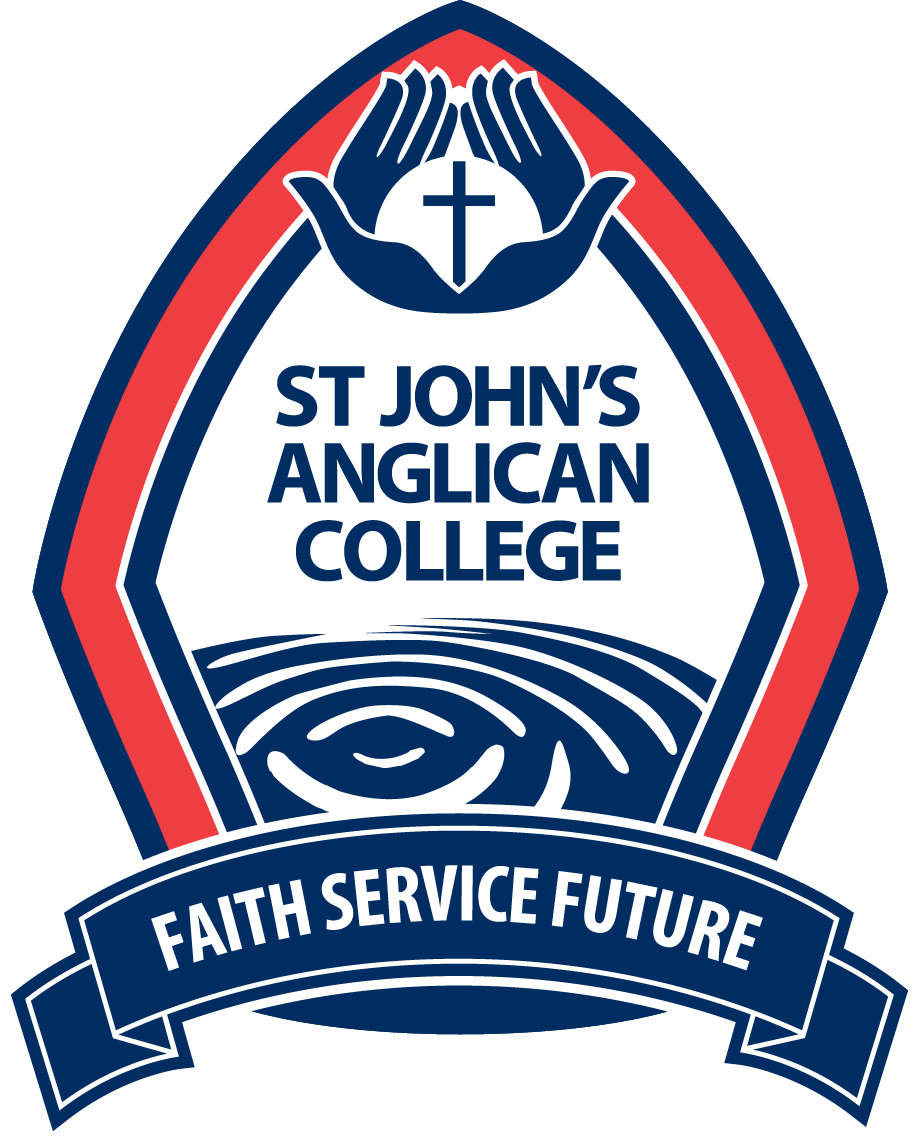Title Page
-
Conducted on
-
Prepared by
-
Location
Compliance
-
1. To fulfil its purpose, a fire door must be securely closed at the time of the fire and therefore is normally fitted with a self-closing device. Some doors are kept locked when not in use e.g. access doors to ducts.
2. Fire doors must not be wedged open or held open other than the approved means.
3. Where a closed door would interfere with the normal function of the building, an automatic door release mechanism may be fitted.
4. Fire doors may also have:
• fire resisting glazing
• flexible edge seals to improve the smoke stopping performance
• intumescent strips which expand when heated to fill the gap between the door and frame.
5. Most fire doors have an appropriate fire safety sign according to whether the door
should be kept locked shut when not in use, be normally closed or held open by
an electro-magnetic or electro-mechanical device.
6 Fire doors are identified by a unique number on each one in order to verify checks
and arrange for repairs. (A discreet ‘white on blue’ numbering panel is recommended.)
Monthly - Internal Fire Door Inspection
Internal Fire Doors
-
Check each internal fire door in the building. If any issues come to your attention please take a picture and brief description of which door and the issues.
-
Does the door leaf sit against the door stop and is it free from distortion?
-
Is the frame in a good state of repair?
-
Is the door frame securely attached to the wall?
-
Are intumescent seals in place?
-
Are the smoke seals continuous around the door leaf or door frame?
-
Is the closer securely attached to the door and the frame?
-
Is the gap at the bottom of the door no more than 10mm
-
Where cold smoke seals are fitted is the gap no more than 3mm
-
Are 3 CE marked hinges in place with all screws in place
-
Is the ironmongery in place so that it does not compromise the doors performance
Summary
-
Have any health & Safety issues been brought to your attention?
Signature
-
Add signature












